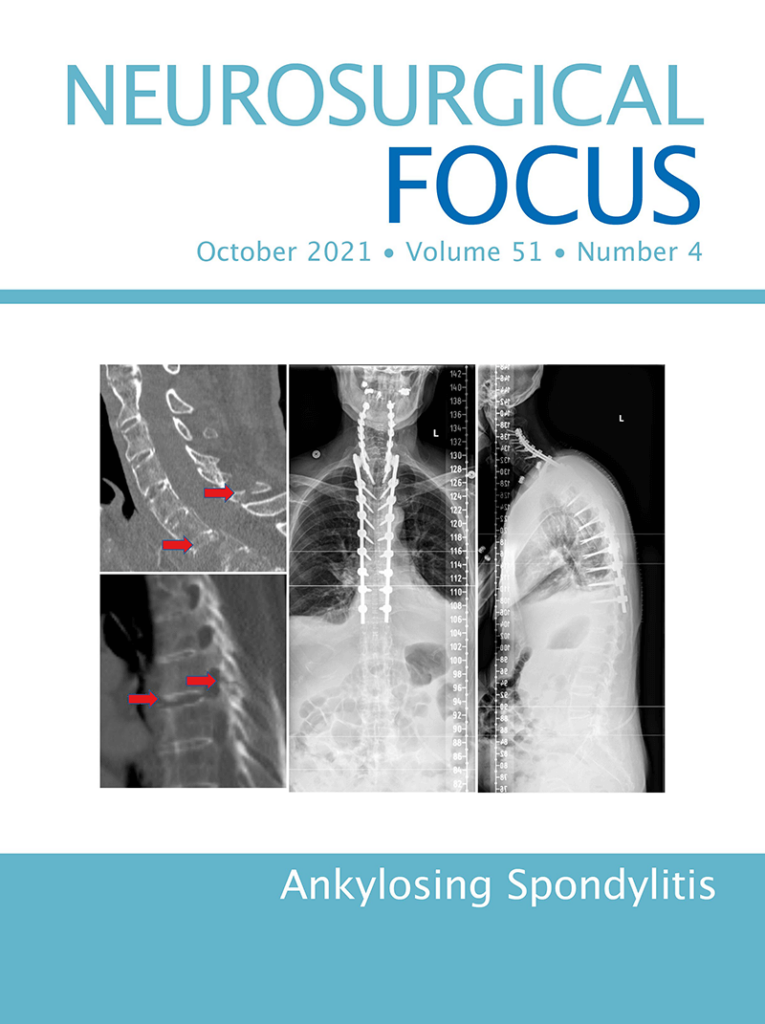Ankylosing spondylitis (AS) is a type of arthritis that affects the spine. It causes inflammation of the joints between the vertebrae and can also affect other joints such as the hips, knees, and shoulders. AS can also cause inflammation of the tendons and ligaments that attach the vertebrae to the pelvis and ribs. This can lead to the formation of new bone, which can eventually cause the spine to fuse in a fixed, immobile position.
AS is a chronic condition that typically starts in young adulthood. It is more common in men than women and tends to run in families. There is no cure for AS, but treatments can help to relieve the symptoms and improve the quality of life.
Symptoms of Ankylosing Spondylitis Include
- Back pain and stiffness, particularly in the morning or after periods of inactivity
- Pain and stiffness in other joints, such as the hips, knees, or shoulders
- Fatigue
- Fever
- Weight loss
- Eye inflammation
If you think you may have AS, see your doctor for a diagnosis. AS is typically diagnosed with a combination of physical examination, medical history, and imaging tests. There is no one test that can definitively diagnose AS, but the presence of certain signs and symptoms can help your doctor make a diagnosis.
Can Ankylosing Spondylitis be Treated?
Treatment for ankylosing spondylitis typically involves a combination of medication and exercise. Medications can help to relieve pain and inflammation, while exercise can help to maintain flexibility and prevent the spine from fusing in a fixed position. In some cases, surgery may be necessary to correct deformities or relieve pain.
With treatment, most people with AS can experience significant symptom relief and improved quality of life. However, AS is a chronic condition that cannot be cured. The goal of treatment is to help you manage your symptoms and improve your function.
J. Patrick Johnson, MD is a renowned neurosurgeon specializing in spinal disorders and has served as the Director of the Institute for Spinal Disorders at Cedars Sinai Medical Center since 2001 and previously as the Director of the UCLA Comprehensive Spine Center from 1993-2001.
Dr. Johnson recently coauthored Introduction. Ankylosing spondylitis, along with Doniel Drazin, MD, Tiffany Perry, MD, Michael Y. Wang, MD, Jens R. Chapman, MD, and Bernhard Meyer, MD. The article appeared in Neurosurgical Focus, published by the Journal of Neurosurgery, the official journal of the AANS.
This article is offered as informational only and not to be used as a substitute for professional medical advice.
